Biden wants to protect public lands. What about renewable energy?
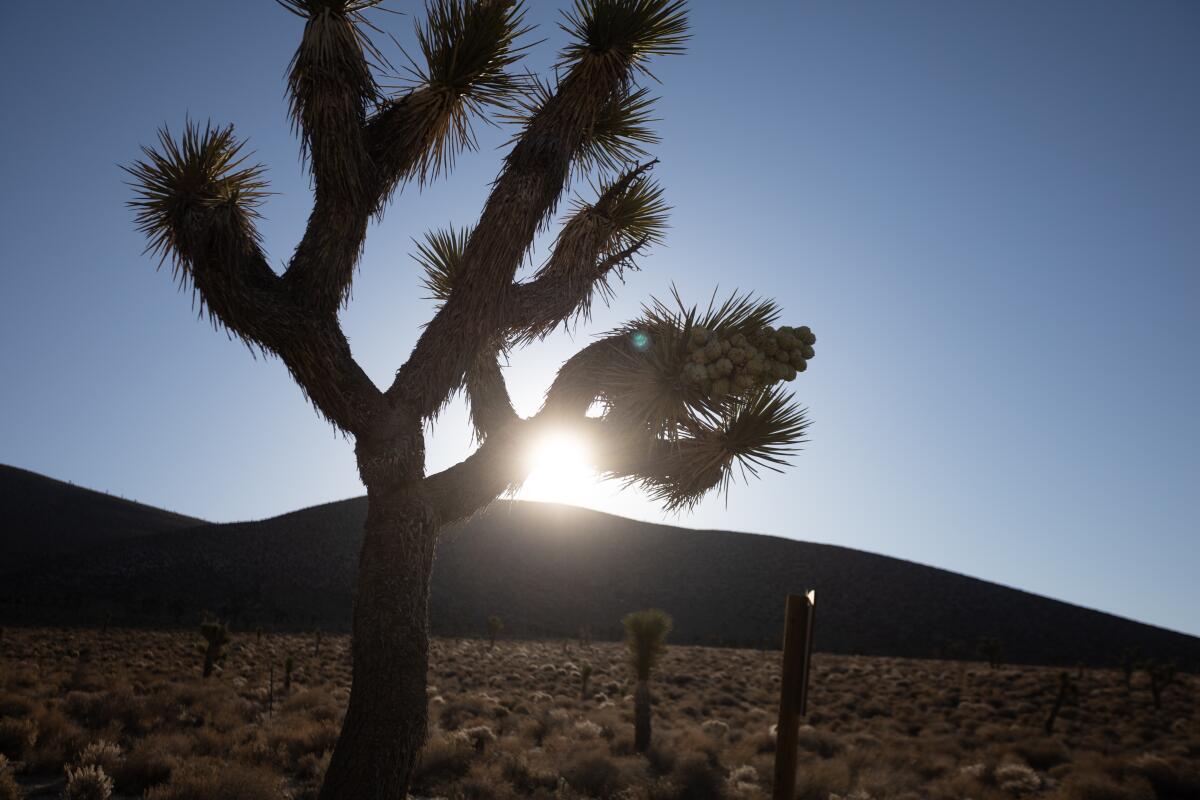
This story originally was published in Boiling Point, a newsletter about climate change and the environment. Sign up here to get it in your inbox.
President Biden has prioritized construction of solar and wind farms on public lands to help solve climate change.
But solar companies worry a new regulation proposed by the Biden administration would do the opposite, limiting their ability to build on public lands by giving federal employees â and members of the public â new tools to block development.
Itâs the latest example of a growing conflict between clean energy and conservation â a conflict that threatens to derail climate solutions even as rising temperatures disrupt human life and drive wildlife toward extinction.
Bidenâs appointees have framed the Public Lands Rule as a sea change in how the Bureau of Land Management protects the 245 million acres under its care in the American West. They say the rule would put conservation on an equal footing with energy development, mining and recreation â which was already supposed to be the case but hasnât always been in practice.
âFor too long, land management planning has been dominated by extractive industries,â Interior Secretary Deb Haaland said at an environmental journalism conference in April. âThis proposal is a long time coming and will go far to help address the growing pressures weâre seeing on our public lands from fossil fuel development and the impacts of the climate crisis.â
But renewable energy companies are ringing alarm bells about unintended consequences.
A critique circulated by solar developers and industry trade groups â and shared with The Times â lays out their concerns.
They say the rule would apply ârangeland healthâ standards â written with overgrazing in mind â to desert lands where those standards donât make sense, which could result in federal employees wrongly rejecting solar projects in some of the countryâs sunniest places. Companies also say the draft regulation would make it easier for the Bureau of Land Managementâs local field offices to establish âAreas of Critical Environmental Concern,â which could pose an obstacle to solar development.
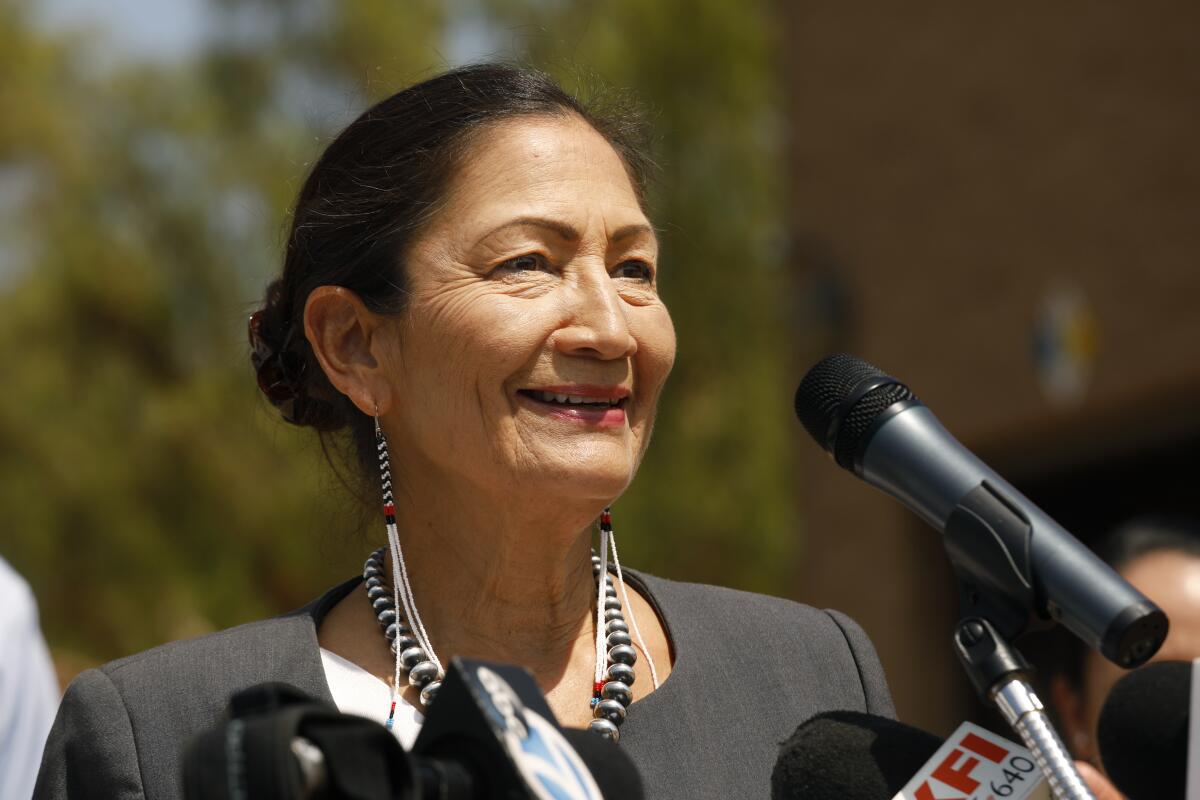
In theory, those changes are compatible with building lots of renewable energy, fast, on public lands.
But Peter Weiner, a lawyer working for the Sacramento-based Large-scale Solar Assn., said the rule could empower Bureau of Land Management staffers who donât want to see solar and wind farms in their backyards, giving local offices greater ability to reject renewable energy projects â even if thatâs not how their bosses in Washington, D.C., want to see things play out.
Under the draft regulation, âyou have delegated these decisions to local field officers,â Weiner told me. âAnd we believe that the result of that will be that for one reason or another, these projects will be delayed and denied.â
The Bureau of Land Management is currently reviewing 74 applications for renewable energy projects on public lands. Those projects could help the U.S. meet Bidenâs goal of 100% clean energy by 2035, which will require not only replacing todayâs fossil-fueled power plants, but also producing enough energy to fuel hundreds of millions of electric cars and home heat pumps.
âWe canât do this at scale without involving some large areas of land that are currently devoid of development,â Weiner said.
Heâs right: Even with large amounts of rooftop solar, experts say it wonât be possible to eliminate coal, oil and natural gas without a gargantuan number of big solar and wind farms. And public lands are some of the easiest, cheapest places to build.
Federal officials told me theyâre confident the new rule wouldnât stop that from happening.
Nada Culver, a deputy director at the Bureau of Land Management, disagreed with the solar industryâs reading of the ârangeland healthâ standards, saying the standards account for different types of terrain and wouldnât unfairly preclude solar facilities in the desert. She also noted that energy projects arenât automatically disallowed in Areas of Critical Environmental Concern.
Overall, Culver said, the proposed regulation would give the agency more and better information about which public lands should be set aside to protect ecosystems and recreation, and which are most suitable for renewable energy development.
âWeâre seeking to support the overall resilience of public lands. Because if theyâre not resilient, if theyâre not functioning, then they canât support clear air and clean water and wildlife, and they canât support renewable energy development and all of these other uses,â Culver said. âWe are really looking to find that balance.â
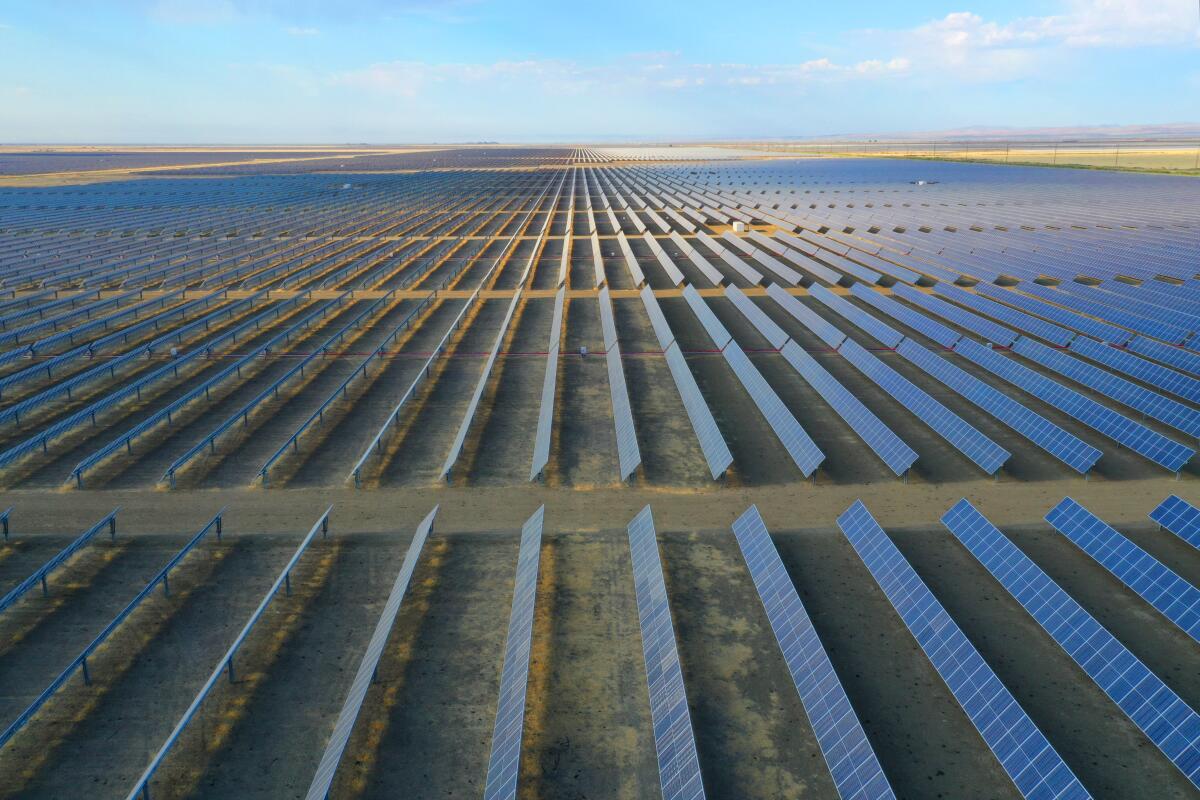
And what if the bureauâs local staffers use the new rule as an opportunity to throw up roadblocks to clean energy? Culver didnât want to go there, telling me, âweâre not going to speculate on day-to-day interactions like that that may happen.â
âThis is obviously a national priority, and something that [the bureau] has prioritized internally in our structure,â she said.
Conservation activists, meanwhile, see the proposed rule as a potential boon for renewable energy.
Drew McConville, a senior fellow at the Washington, D.C.-based Center for American Progress, said the regulation would benefit clean energy by giving solar and wind developers a new way to compensate for environmental harm from their projects. The rule would allow for âconservation leasing,â in which companies looking to build renewable energy projects on public lands could pay to restore wildlife habitat elsewhere in the federal domain, or to protect areas that might otherwise get developed.
Right now, that kind of environmental âmitigationâ is typically limited to privately owned lands. The new rule would give renewable energy companies another option, McConville said. It would also allow for restoration of ecosystems that more closely match the area being developed â especially in states such as Nevada, where the federal government owns most of the land.
âIt should be better to have more options on the table and hopefully fewer conflicts as well,â McConville said.
An example of how conservation leasing might work in practice is playing out in Southern California.
To make up for habitat damage from four solar projects in Kern County â including one that will supply power to Los Angeles â renewable energy developer Avantus bought grazing rights across 215,000 acres of federal lands north of the city of Mojave. The company then retired those rights, bringing grazing to an end. Next it will fund habitat-restoration projects on those lands, which state and federal officials say will benefit wildlife, including desert tortoises, Mojave ground squirrels and burrowing owls.
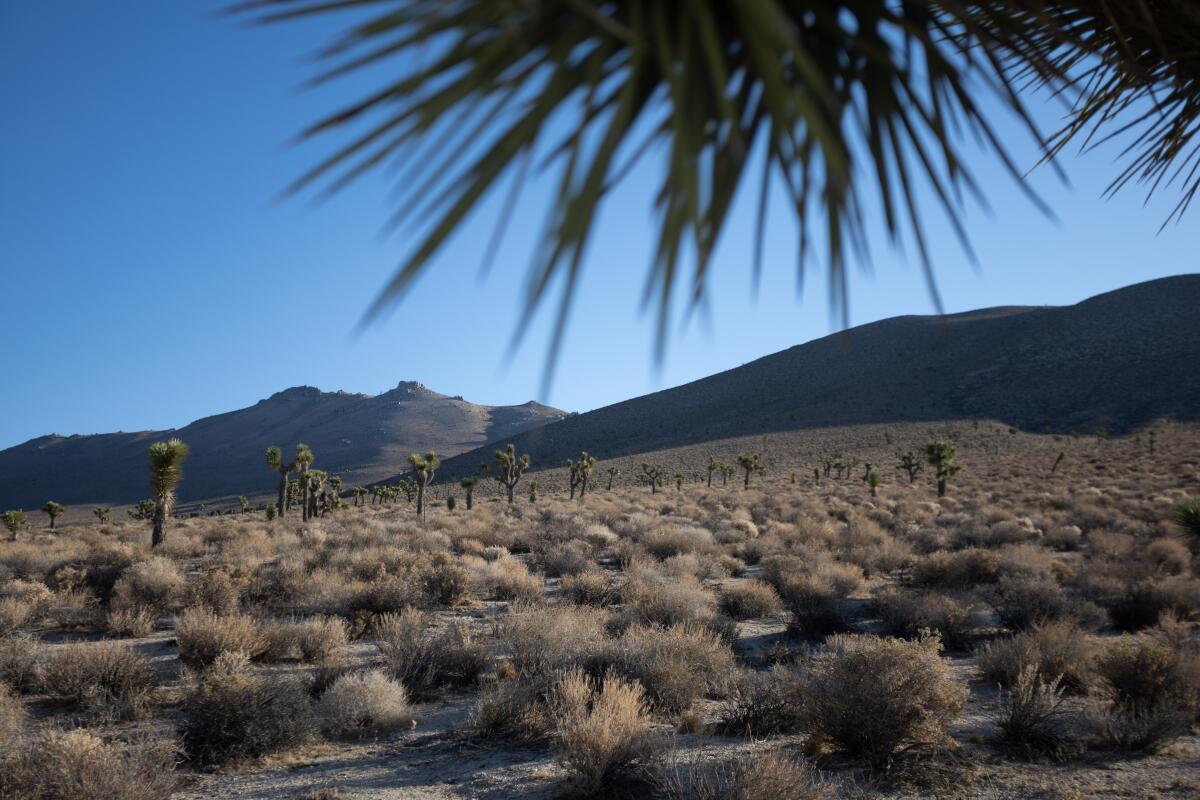
Avantus is the first renewable energy developer to test out mitigation on federal lands in California, under an agreement between state and federal agencies that could serve as a model for conservation leasing nationally. Erec DeVost, Avantusâ vice president of permitting, told me the company and its partners expect to spend âin excess of $10 millionâ to fund habitat restoration.
âOur hope is that others follow this model, because we think it can really work,â he said.
Under the Biden administrationâs national rule, conservation leasing wouldnât be an option only for clean energy developers. Fossil fuel companies and other private interests with development projects on public lands could fund lease agreements â as could environmental groups or Native American tribes that simply want to restore ecosystems or protect landscapes.
Mark Squillace, a natural resources law professor at the University of Colorado, thinks conservation leasing is generally a good idea. But heâs concerned that the Biden administrationâs rule would allow nonprofits and other private parties to oversee those leases, with what he considers insufficient federal oversight. That could lead to a scenario, he said, where a habitat-restoration project designed to make up for a solar farm doesnât get the job done, leaving Americaâs public lands worse off.
âI understand that if weâre ever going to hope to meet the goals of the Paris climate agreement, weâre probably going to have to use a lot more public land, and we probably have to move these [renewable energy projects] along more quickly,â he said. âBut there are adverse consequences to these big solar developments.â
And therein lies the fundamental tension. What is the right balance for Americaâs public lands at a time of worsening wildfires, droughts and heat waves driven by fossil fuel combustion â and also a time of unprecedented biodiversity loss?
Solar companies donât think the Biden administration has struck the right balance. The critique that Weiner helped draft was endorsed by developers including Avantus, San Diego-based EDF Renewables and San Francisco-based Clearway Energy.
Conservation leasing could help renewable energy âat the margins,â Weiner told me. But itâs just one part of the overall rule.
Even if the Bureau of Land Managementâs local offices donât use the regulation as an excuse to quash solar and wind farms, Weiner said, the provisions could give conservationists and rural residents new grounds to sue over project approvals.
âIf the country wants to go toward electrification of the grid â and toward the clean energy that we all say we want â it wonât be because itâs a free lunch,â Weiner said. âIt will be because we do this carefully.â
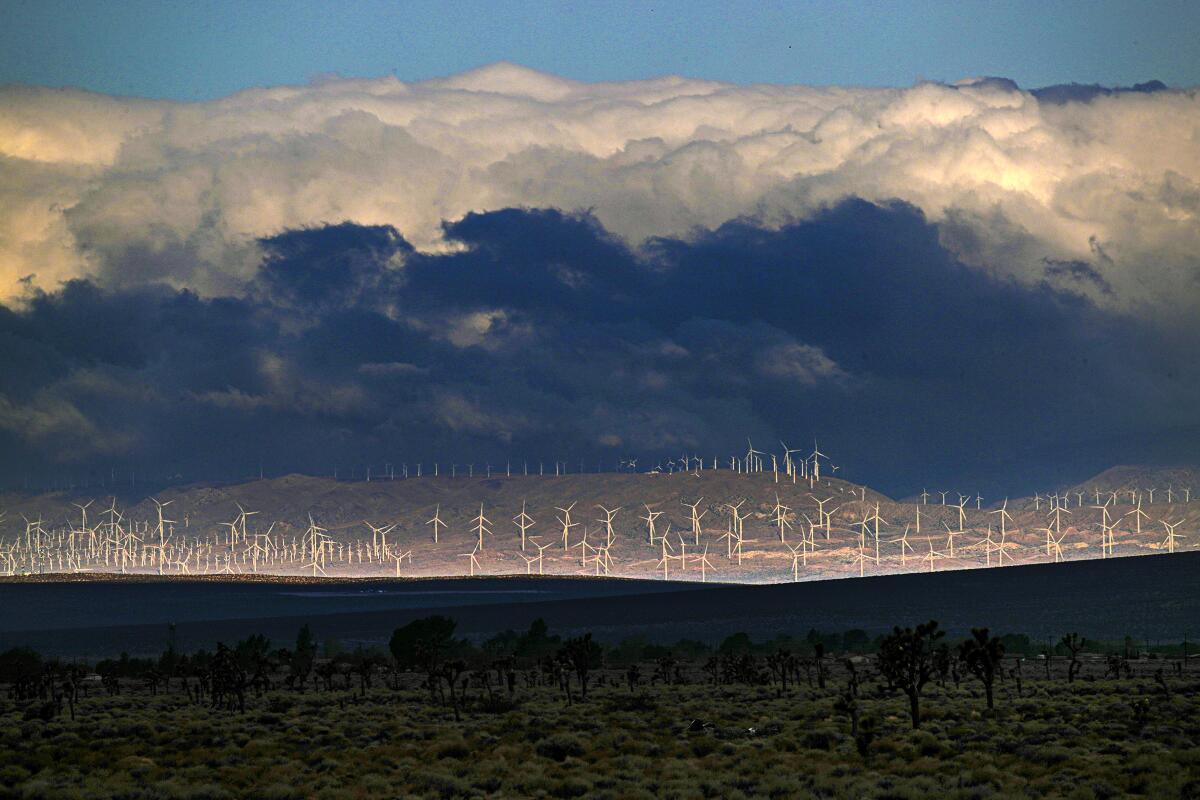
Some wind energy developers are worried, too. The American Clean Power Assn., a Washington, D.C.-based industry trade group, has heard concerns from member companies ârepresenting both wind and solar,â spokesperson Phil Sgro told me.
Itâs still possible federal officials will edit the proposed regulation to address the industryâs fears.
McConville told me he âcan understand why people [in the industry] want to see more clarity, and have their concerns spoken to.â He said he expects the Biden administration âto make sure the final rule is compatible with responsible development.â
âI donât see a major conflict here,â he added.
Even if the new rule works out for developers, there is, in fact, a larger conflict here. Itâs possible to have both clean energy and conservation on public lands, but only with trade-offs. Some areas desired by industry may need to be placed off limits. Some areas treasured by environmental activists may need to be handed over to developers, with the climate crisis in mind.
And somehow, those decisions need to be made quickly, across vast landscapes, in a nation that prioritizes local control.
Not easy. But necessary.
Public comments on the regulation are due next week. Itâs not too late to make your voice heard.
ONE MORE THING
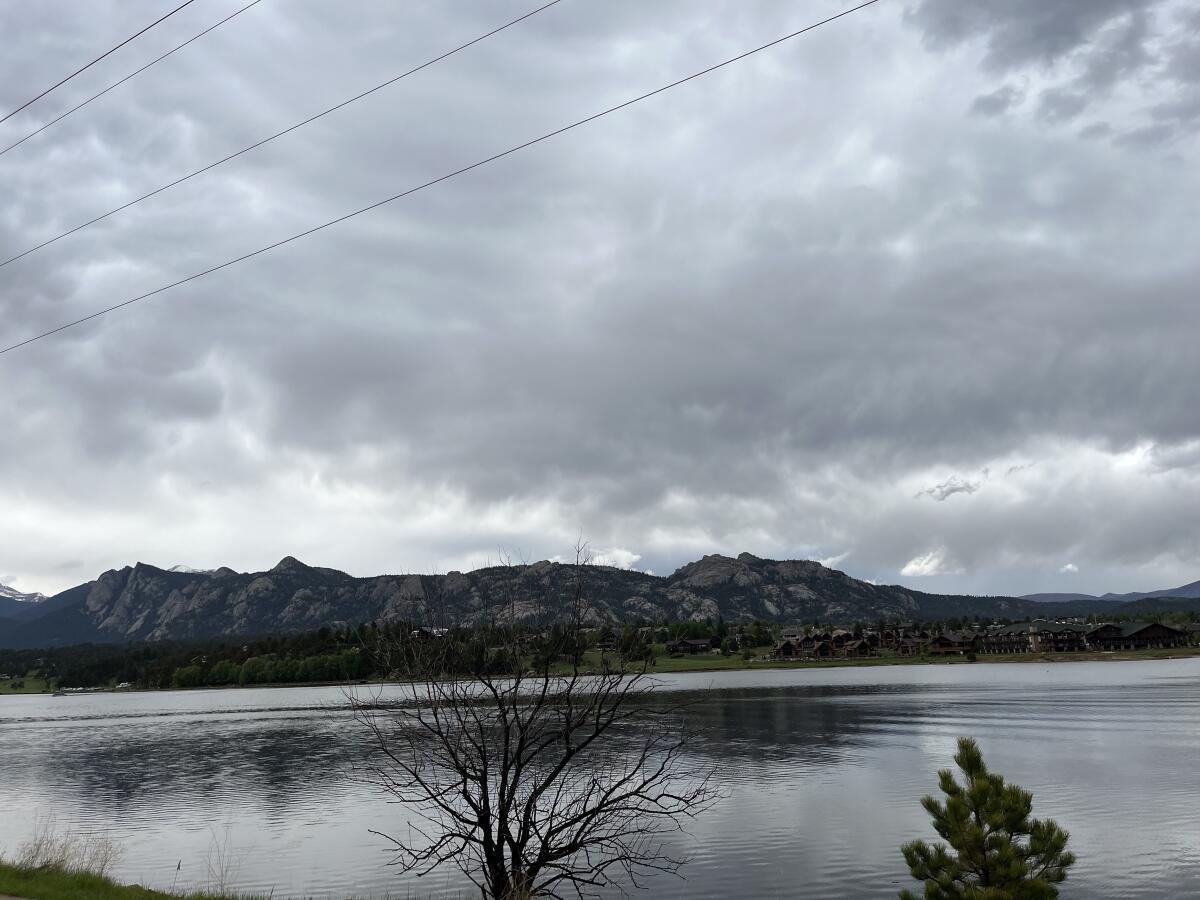
In Tuesdayâs edition of Boiling Point, I wrote about walking along the Big Thompson River in Estes Park, Colo.
What I didnât realize â and what Iâm grateful to a reader for pointing out â is that itâs not just the Big Thompson flowing into Lake Estes, carrying snowmelt from the eastern slope of the Rocky Mountains. The lake â which I drove past on the way into town â also receives inflow from the western slope of the Rockies, as part of a massive infrastructure project built in the mid-1900s to carry water through the Rocky Mountains and supply Coloradoâs growing Front Range cities, including Denver.
Similar to California â where most precipitation falls in the north, but most people live in the south â Coloradoâs big cities are concentrated on the wrong side of the Continental Divide. So the federal government stepped in with an engineering fix.
Little did I know that the water in Lake Estes â more than 800 miles from Los Angeles â could have just as easily melted down the other side of the Rockies, flowed into the Colorado River and ended up in my tap. The world is small.
Weâll be back in your inbox on Tuesday. To view this newsletter in your web browser, click here. And for more climate and environment news, follow @Sammy_Roth on Twitter.
Toward a more sustainable California
Get Boiling Point, our newsletter exploring climate change, energy and the environment, and become part of the conversation â and the solution.
You may occasionally receive promotional content from the Los Angeles Times.




